Echeveria Parva Care – Growing Echeveria Parva Succulents
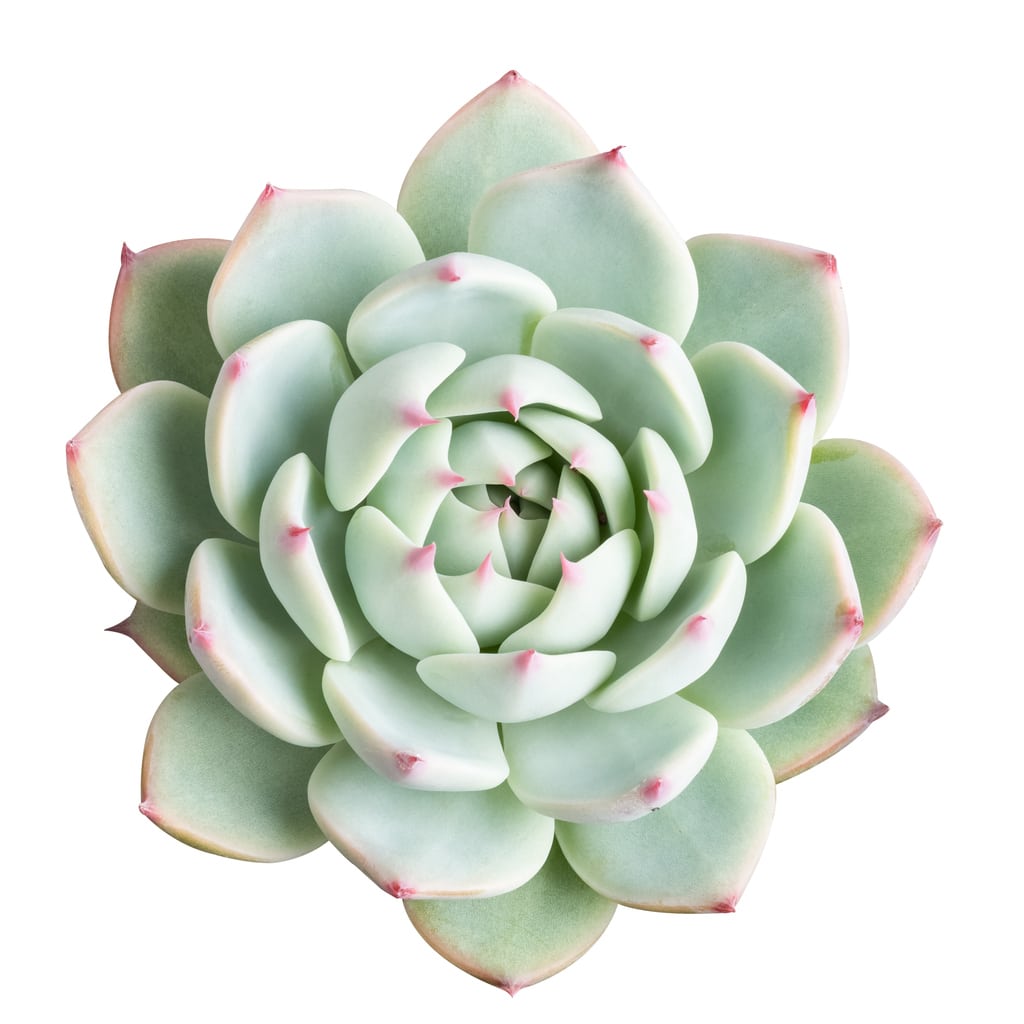

Just because you want a plant that is tough doesn’t mean you should settle for one that is less than gorgeous. One that fits into the resilient and striking category is Echeveria. This genus of easy-care succulents has attractive rosette-shaped foliage. If this sounds promising, read on for more echeveria plant information, in particular growing Echeveria parva.
Echeveria Plant Information
Echeveria parva succulents are great little garden survivors. They tolerate heat, drought and also cold snaps, yet are also lovely, with their red-edged rosettes and dramatic flower stalks. According to echeveria plant information, the ‘parva’ species is difficult to find in commerce, but it is worth the effort. Parva offers unique coloring, with icy blue-green rosettes trimmed in blood red accents. ‘Parva’ means dwarf in Latin, so it makes sense that Echeveria parva succulents are a small variety. However, the rosettes are extremely dense, to the extent that they are compared to cabbages. The succulents also delight with golden, bell-shaped flowers on long stems. They are popular with both bees and hummingbirds.
Growing Echeveria Parva
If you want to start growing these succulents outdoors, you’ll have to live in a fairly warm area. Echeveria parva plants are cold hardy only in U.S. Department of Agriculture plant hardiness zones 9 through 11. On the other hand, it’s easy to grow succulents in containers in any region. You just have to remember to bring them into a protected area in winter. Echeveria parva care starts with planting these lovely rosettes in a full sun location. If you are doing container plants, place them outside in summer in a sunny spot. Regular irrigation is an important part of care for echeveria parva plants. Water regularly but not too often during the growing season. As winter approaches, cut down on irrigation. The very worst thing in terms of Echeveria parva care is giving your succulents wet feet in winter. If you love your echeveria succulents, you may long for more. This is not a problem. The plants tend to clump and form pups. These can be removed and replanted to start a new plant. Echeveria propagates easily from cuttings too.
Gardening tips, videos, info and more delivered right to your inbox!
Sign up for the Gardening Know How newsletter today and receive a free copy of our e-book "How to Grow Delicious Tomatoes".

Teo Spengler is a master gardener and a docent at the San Francisco Botanical Garden, where she hosts public tours. She has studied horticulture and written about nature, trees, plants, and gardening for more than two decades. Her extended family includes some 30 houseplants and hundreds of outdoor plants, including 250 trees, which are her main passion. Spengler currently splits her life between San Francisco and the French Basque Country, though she was raised in Alaska, giving her experience of gardening in a range of climates.
-
 Never Plant Seedlings Until They Pass These 3 Simple Tests
Never Plant Seedlings Until They Pass These 3 Simple TestsDon't be over-eager to transplant seedlings into the garden before they are ready. These quick and easy checks will help ensure flourishing plants.
By Mary Ellen Ellis
-
 Grow ‘Karl Rosenfield’ Peony Plants For The Ultimate Frilly Border Beauties And Cut Flowers
Grow ‘Karl Rosenfield’ Peony Plants For The Ultimate Frilly Border Beauties And Cut FlowersFor frilly double magenta peony petals infused with a heady fragrance, grow ‘Karl Rosenfield’ peony plants. Here’s how to cultivate the ultimate plushy blooms
By Tonya Barnett
-
 Echeveria Pallida Plant Info: Growing Argentine Echeveria Succulents
Echeveria Pallida Plant Info: Growing Argentine Echeveria SucculentsIf you enjoy growing succulents, then Echeveria pallida may be just the plant for you. Click here to learn about Argentine echeveria plants.
By Becca Badgett
-
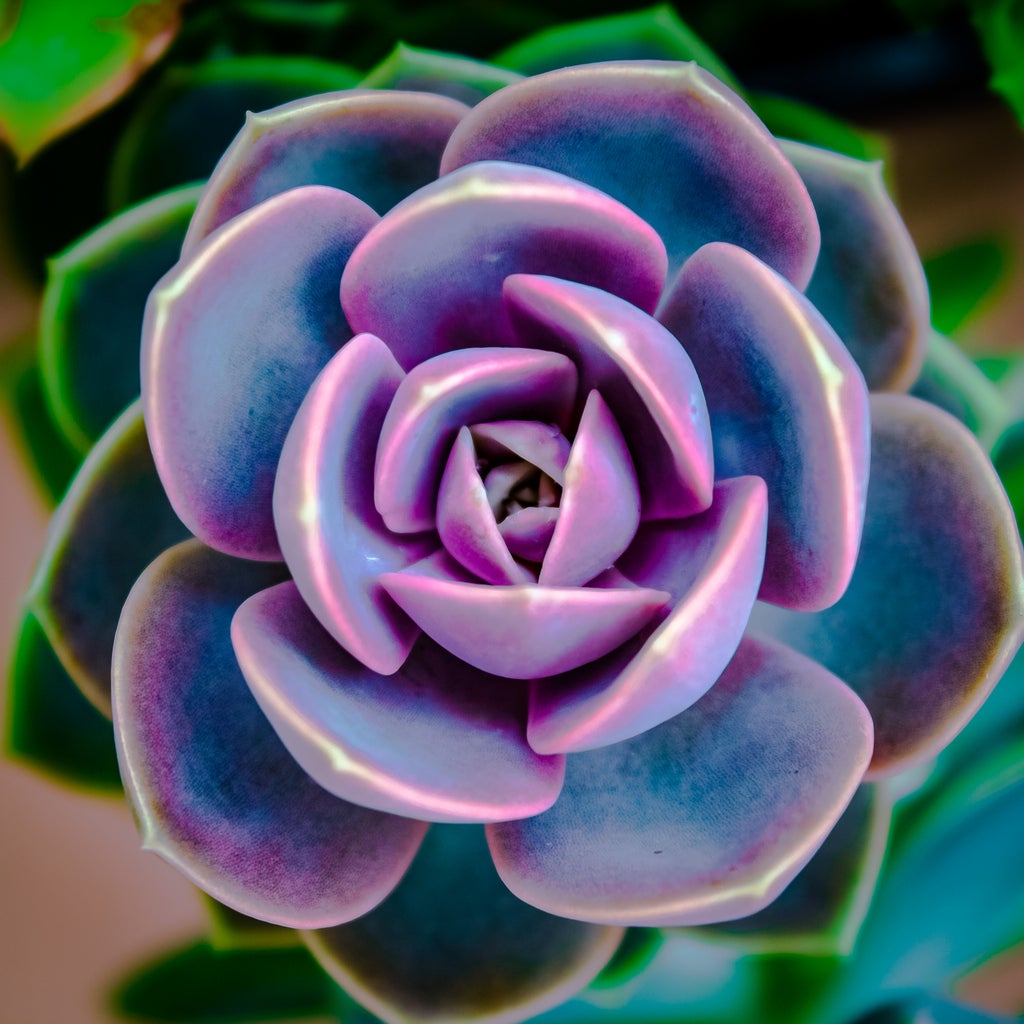 Perle Von Nurnberg Info: What Is A Perle Von Nurnberg Plant
Perle Von Nurnberg Info: What Is A Perle Von Nurnberg PlantEcheveria are some of the easiest succulents to grow, and the Perle von Nurnberg plant is one of the prettiest examples of the group. Click here for some comprehensive Perle von Nurnberg information.
By Bonnie L. Grant
-
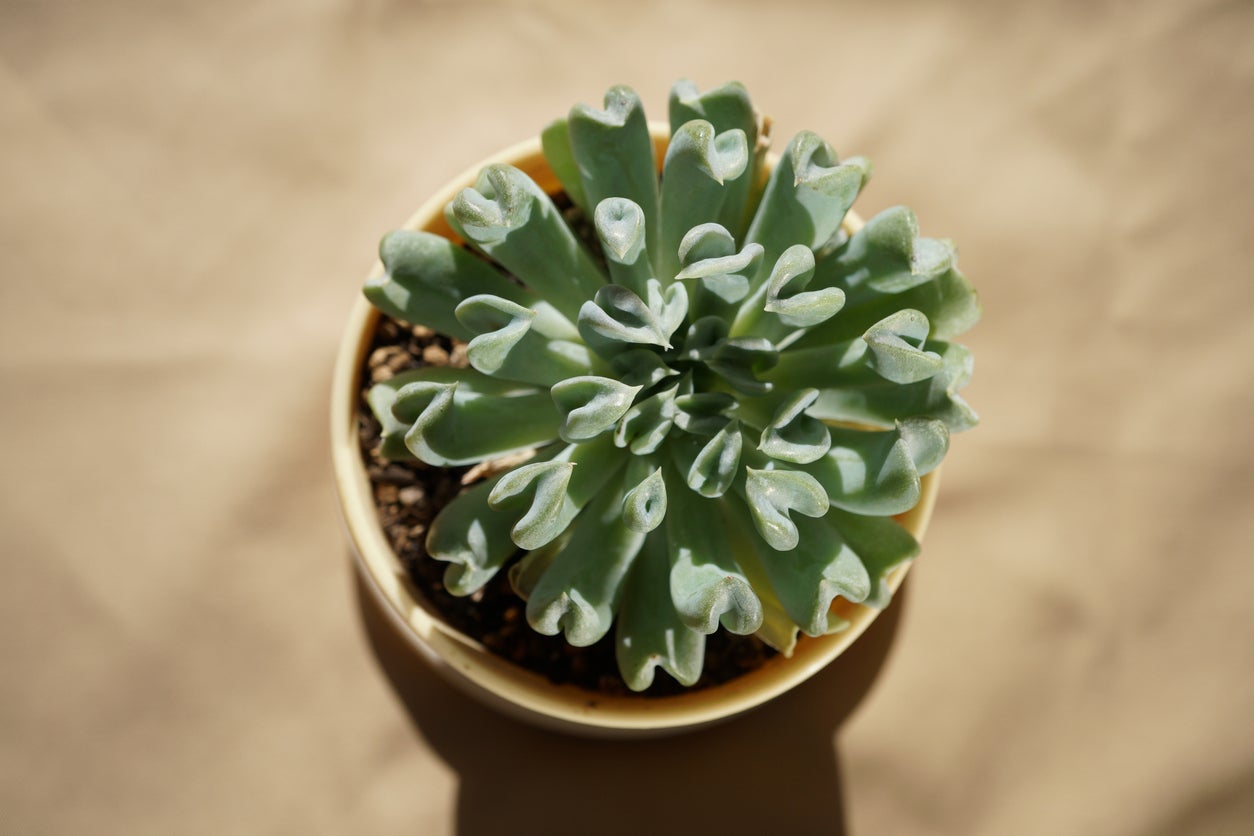 Topsy Turvy Echeveria Care: How To Grow A Topsy Turvy Plant
Topsy Turvy Echeveria Care: How To Grow A Topsy Turvy PlantSucculents are varied and come in a lot of different shapes and colors. A Topsy Turvy plant is a stunning type of echeveria, one large group of succulents, that is easy to grow and adds visual interest to desert beds and indoor containers. Learn more in this article.
By Mary Ellen Ellis
-
 Arctic Ice Succulent: What Is An Arctic Ice Echeveria Plant
Arctic Ice Succulent: What Is An Arctic Ice Echeveria PlantSucculents are enjoying immense popularity as party favors, particularly as wedding take away gifts. If you have been to a wedding lately, you may have come away with an Echeveria ‘Arctic Ice’ succulent, but how do you care for it? This article will help.
By Amy Grant
-
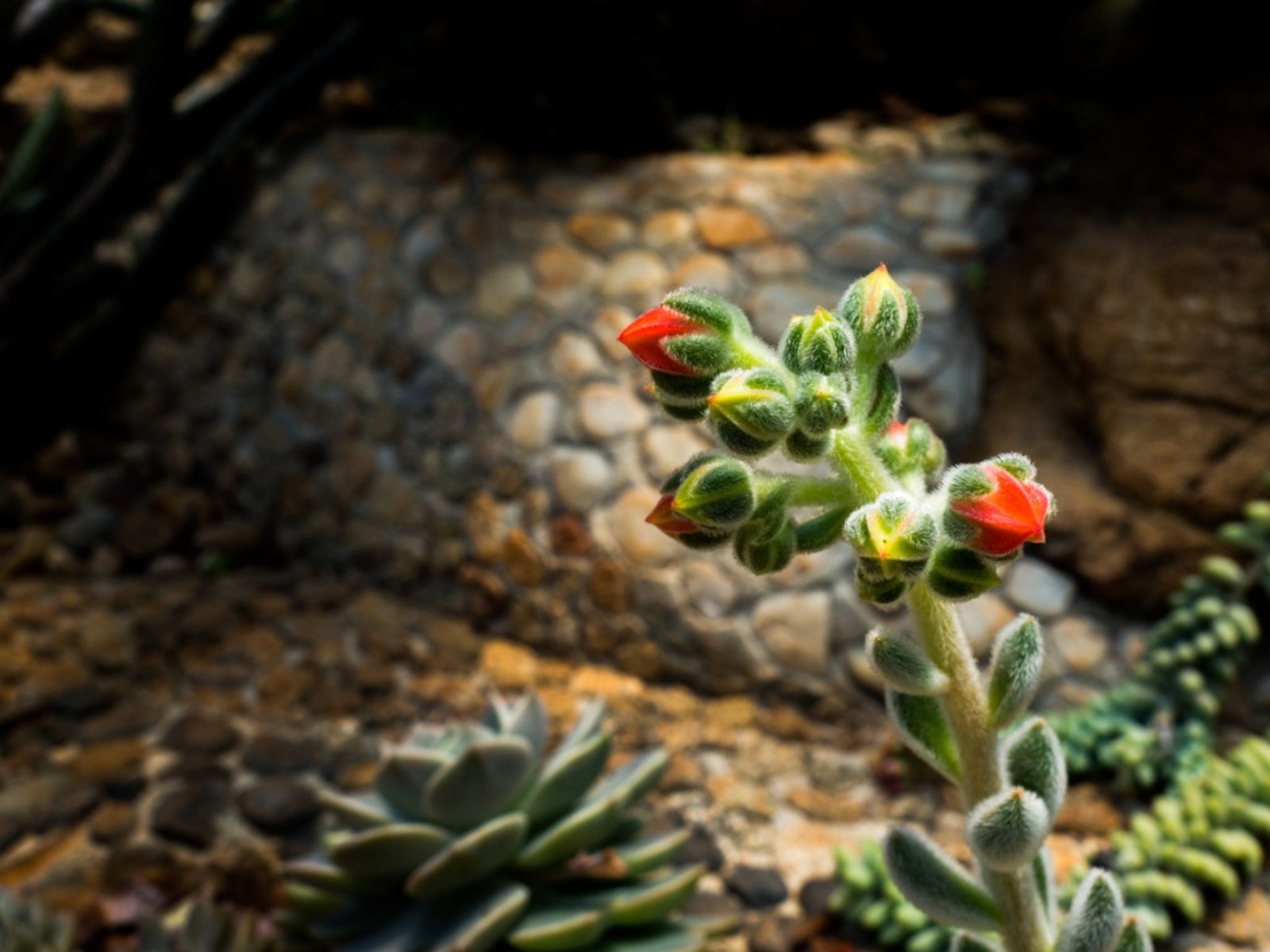 Doris Taylor Succulent Info: Tips On Growing A Woolly Rose Plant
Doris Taylor Succulent Info: Tips On Growing A Woolly Rose PlantEcheveria "Doris Taylor," also called the woolly rose plant, is a favorite of many collectors. If you’re not familiar with this plant, you may ask what is a woolly rose succulent? Click this article to learn more about this interesting succulent plant.
By Becca Badgett
-
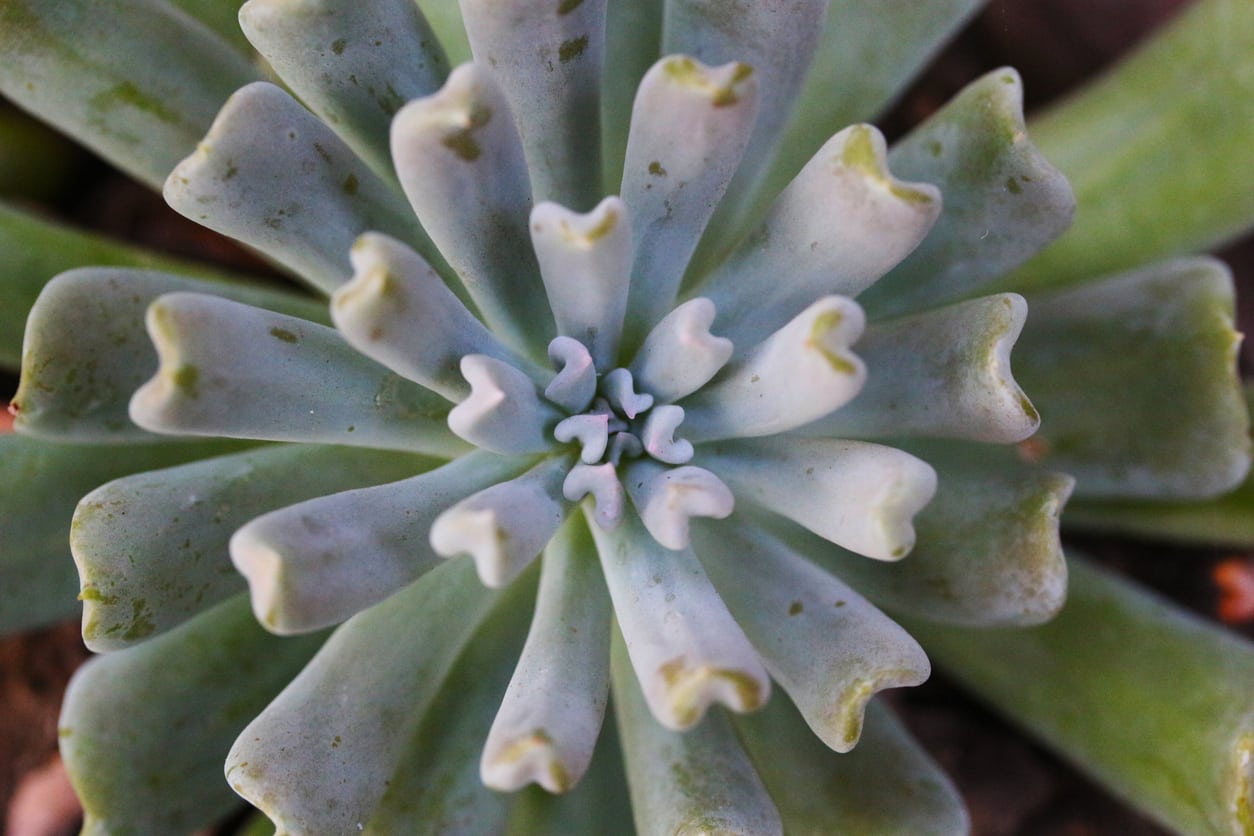 Irish Mint Echeveria Info: How To Grow An Irish Mint Succulent
Irish Mint Echeveria Info: How To Grow An Irish Mint SucculentEcheveria is a genus of stonecrop plants with a huge variety of species and cultivars, many of which are very popular in succulent gardens and collections. One beautiful and easy-care variety is Echeveria ‘Irish Mint.’ Click here for more info on this echeveria plant.
By Liz Baessler
-
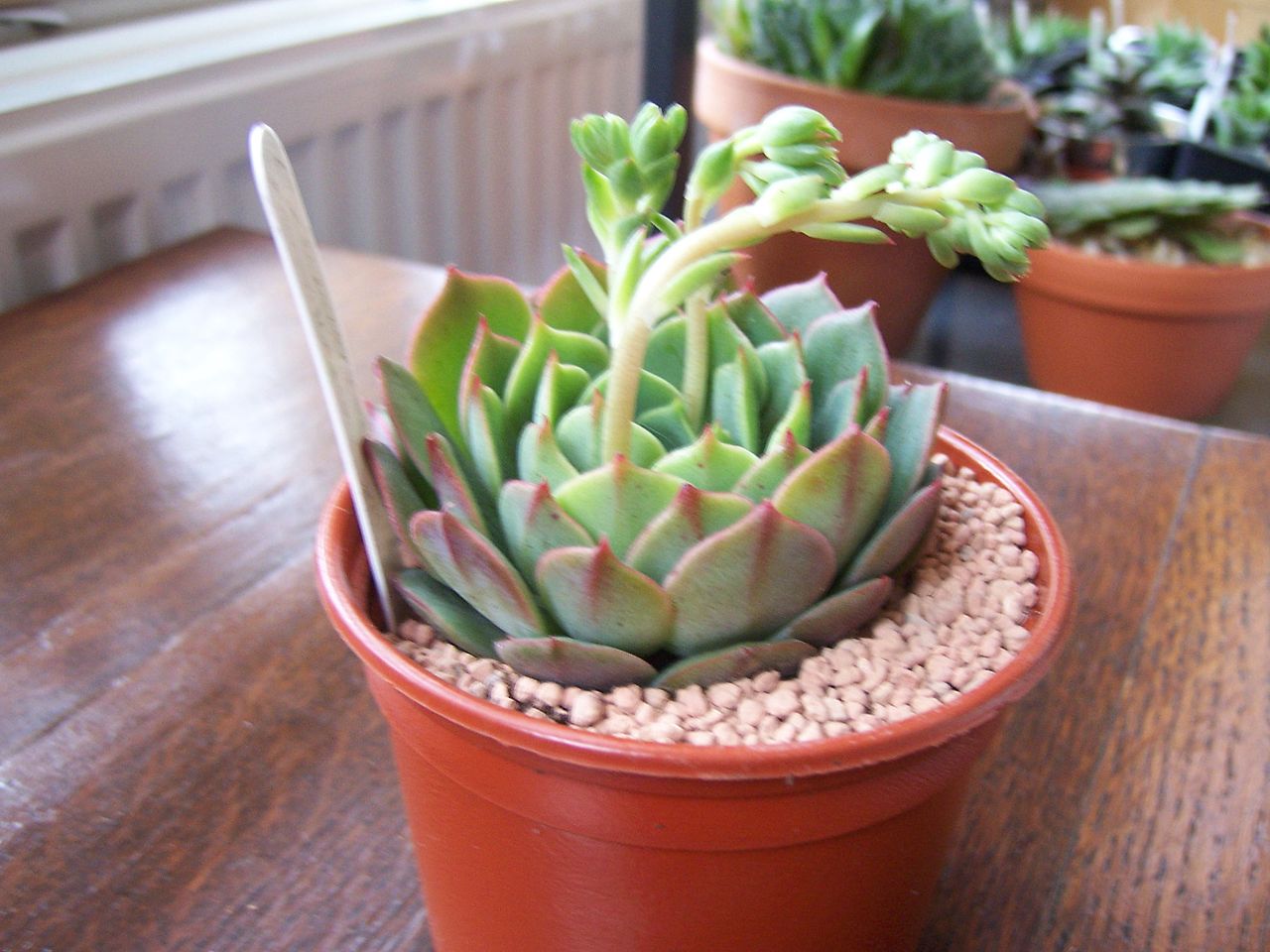 Caring For Ramillette Echeverias – Information About Ramillette Succulents
Caring For Ramillette Echeverias – Information About Ramillette SucculentsThe Ramillette echeveria plant is also called Mexican hens and chicks, but don’t be misled. These plants are only hardy in USDA zones 9-11 for year-round outdoor planting and growing. Click here to learn more about caring for a Ramillette echeveria plant.
By Becca Badgett
-
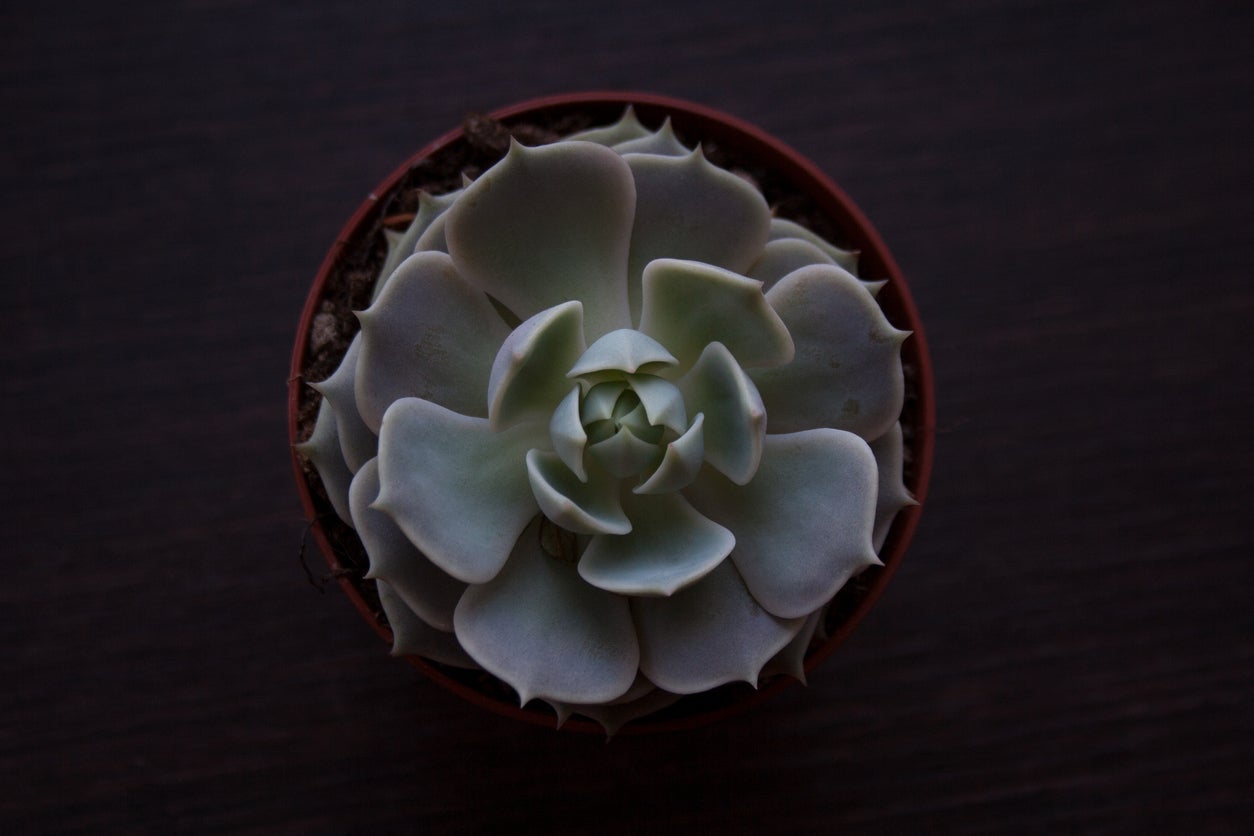 Echeveria ‘Lola’ Info: Learn How To Care For A Lola Echeveria
Echeveria ‘Lola’ Info: Learn How To Care For A Lola EcheveriaAnother of the most commonly owned succulents, the popular Echeveria ‘Lola’ plant is a beautiful, rosette that may be surrounded by pups. Offsets produce readily on this grayish-blue leafed favorite. Growing Lola echeveria is simple too, and this article will help.
By Becca Badgett